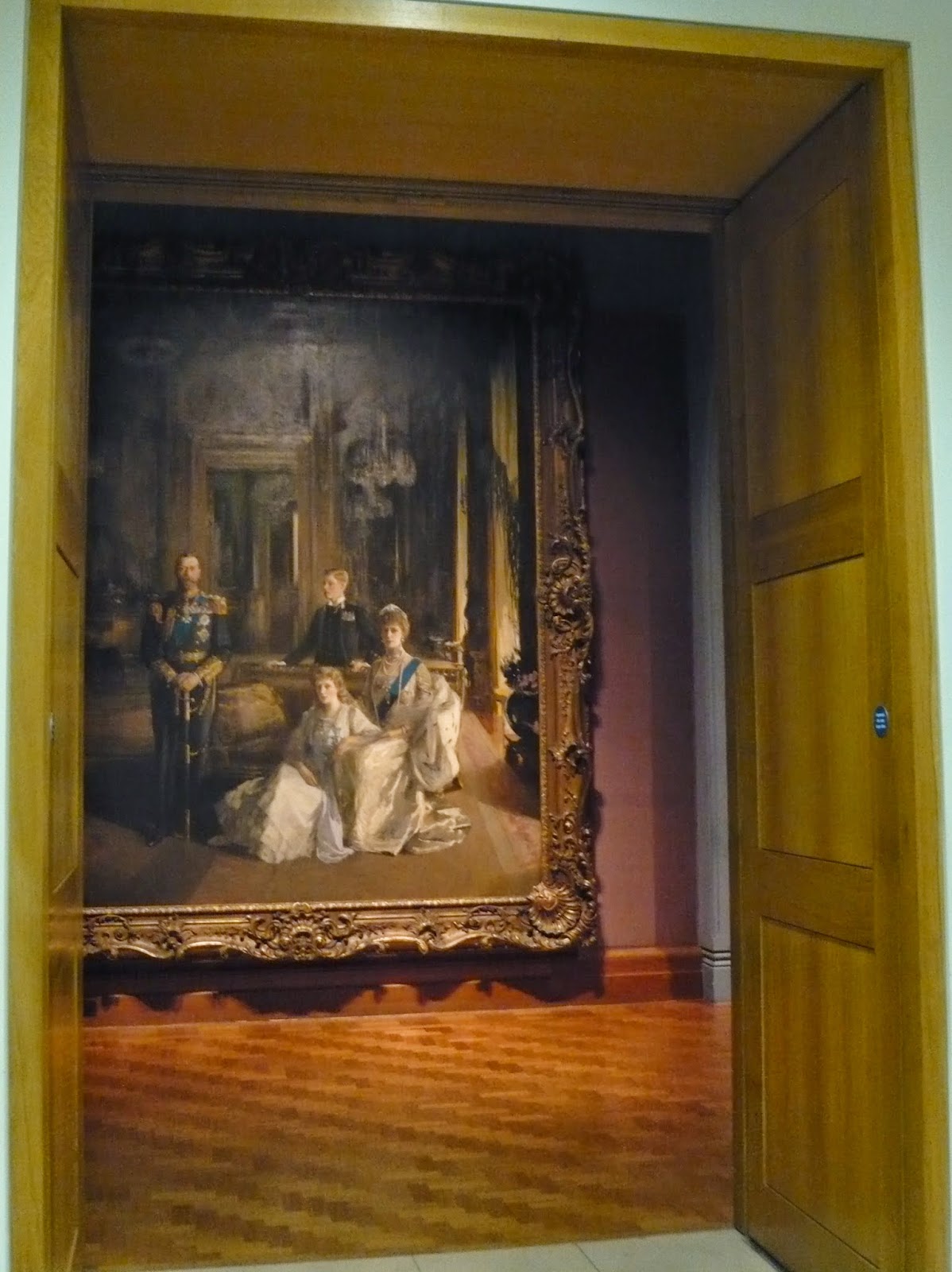FOUND:
AROUND EXETER, DEVON
Now in the Royal Albert Memorial Museum & Art Gallery
FOUND: HIPPO BONES BY THE HONITON BYPASS
Bones from seventeen hippos were found in 1965 when the Honiton bypass was being built.
The perks of building roads!
They're fossilised now.
Lost between 70,000-130,000 years ago.
FOUND: HUNDREDS OF HAND-AXES
Found in gravel pits near Axminster.
Multipurpose tools for cutting, chopping, digging and butchering.
Lost between 230,000 and 290,000 years ago.
FOUND: ARROWHEADS & AXE-HEADS
Found dotted around many parts of Devon, lost around 6,000 years ago.
We saw a film of a man making one. Flint shaping flint.
It inspired some making back at home. They're sharp enough to cut up an apple.
FOUND: FRENCH WINE JUGS
Found in Trichay Street and by the Acorn Roundabout, Exeter.
Lost around 800 years ago.
It is now too late to claim this lost-property.
Their owners are long deceased, but in finding these objects, we have the opportunity to learn more about our ancestors and life in Devon, 800 years ago and throughout prehistory.
Hippo bones, hand-axes and arrowheads, all evidence of life in prehistoric Devon.
What was life like in prehistoric Devon?
Here's a mock-up. Whilst your kids spent their time lying on the grass, your sheep warmed themselves by the fire.
Another 'FOUND' poster needed...
PINK CREATURE
Found in a prehistoric dwelling.
Answers to the name of 'De Li'.
Lost around half an hour ago.
No child in the immediate area seems to lay claim to her.
This dwelling may actually be more representative of life in Roman Devon.
But that's what happens in museums, you get the chance to compare life in different times.
You get the chance to dress up as a Roman
and give a talk on 'your pots' from the thirteenth century.
This is particularly true of the 'Making History' gallery in the Royal Albert Memorial Museum.
The gallery takes you from prehistoric Devon right through to contemporary Devon and Exeter.
We saw some fabulous film footage of seaside holidays in the 1950s & 60s.
I was won over by the double-deckchairs. I want one!
Visit the Royal Albert Memorial Museum open Tuesdays to Sundays each week.
We did try and go on a Monday! Do check the website here before you go.

































.JPG)


















